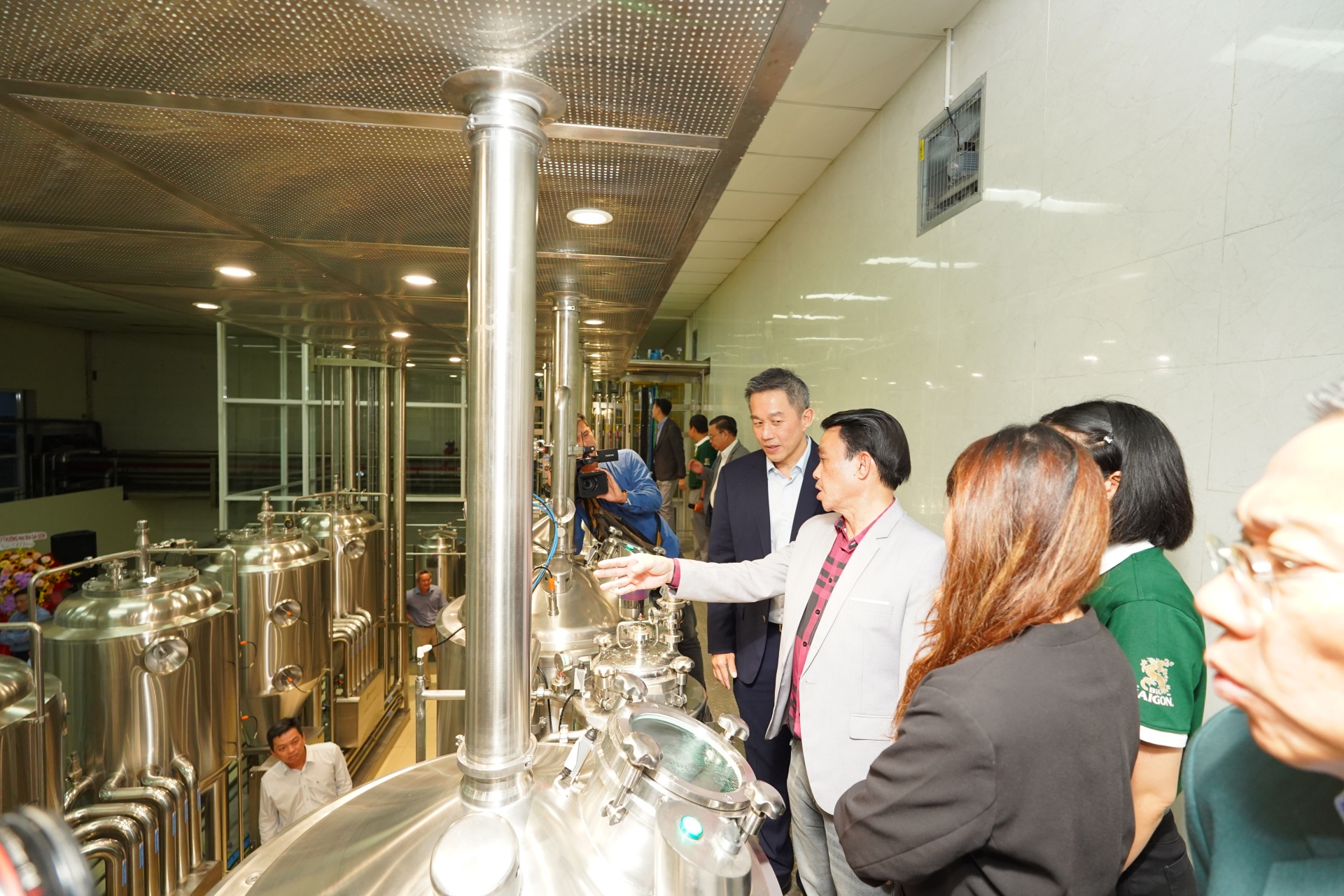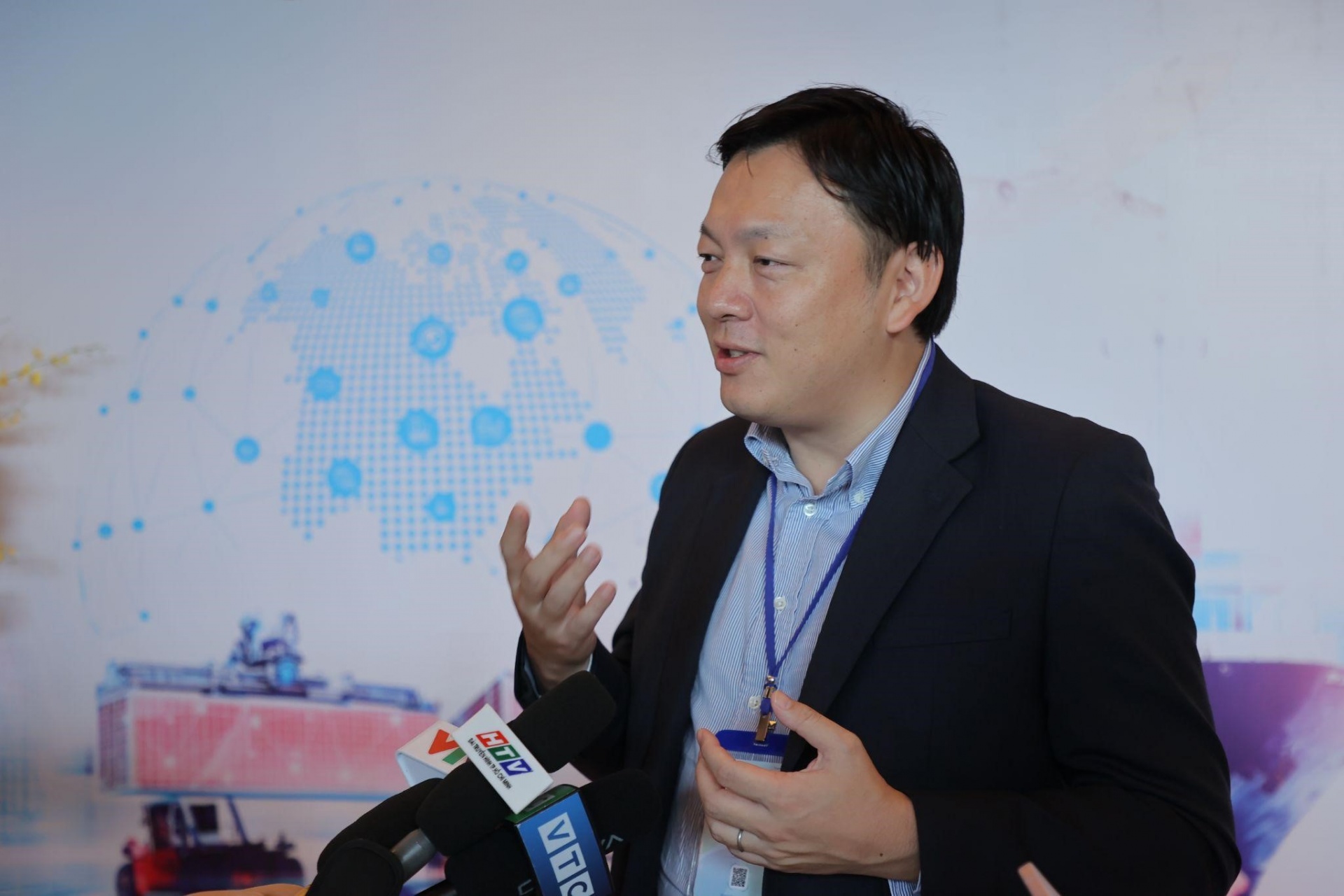VN textile, garment industry to join TPP
 |
| T-shirts are made for export in Ha Noi. Joining the TPP agreement will help Viet Nam's lucrative textile and garment sector become the third key national industry. — VNA/VNS Photo Tran Viet |
Deputy general secretary of the Viet Nam Textile and Apparel Association (VITAS) Nguyen Van Tuan said at a workshop on the TPP and impacts on Viet Nam's textile and garment enterprise.
He warned that it's also a challenge for Vietnamese textile and garment businesses when the industry still faces a big deficiency in materials including cotton and cloth as well as technology.
"The industry uses 820,000 tonnes materials every year, which include 420,000 tonnes of cotton and 400,000 tonnes of fiber. However, we had to import 415,000 tonnes of cotton, 99 per cent of the total demand of the industry's production last year," Tuan said.
"A figure last year showed the garment industry used 6.8 billion metres of cloth, of which 88 per cent was imported.
Domestic cloth production only supplied 0.8 billion metres," he said.
Tuan pointed out that 70 per cent of the total exports were still made from Cut-Make-and-Trim (CMT) contracts.
"It's a weak point and disadvantage for Vietnamese businesses with TPP participation. However, local enterprises should make a big change to strengthen the competitiveness," he suggested.
Last year, 4,000 enterprises earned a combined revenue of US$20 billion, of which $17.2 billion came from exports, contributing 15 per cent to the country's Gross Domestic Product (GDP).
He also recommended that local enterprises invest in the cotton, spinning and weaving industries, shifting production modality from CMT to free-on-board (FOB) practice, as well as expanding cooperation with foreign partners.
Nguyen Duc Tri, general director of Hoa Tho textile and garment joint stock corporation, said a deficiency in raw material, design and technology has been a big problem for his enterprise.
"Although earning $100 million per year in exports, the company's production is still dependent on imported material. A small change in the price of material would lead to poor competition against rivals in the export market," Tri said at the seminar sideline.
"Participating TPP would be a big chance for us to restructure our production and make investment in advanced technology."
Vice chairman of VITAS Nguyen Dinh Truong emphasized that TPP would help sustain the country's industry as one of the top-five exporters in the world.
"The industry has developed with an annual growth of 20 per cent over past two decades. From 200 textile companies with an export value of $1 billion in 1990, the industry has expanded to over 4,000 enterprises with 5.1 million spindles," he said, adding that it employs 2.5 million workers.
He stressed that VITAS conducted a big survey to evaluate the capacity of businesses before mapping out a master plan for the sustainable development of the industry.
VITAS' deputy general secretary Nguyen Van Tuan said the government should call for more direct investment from foreign textile manufacturers, while creating favourable conditions for the production of raw materials and core products.
"We have to identify key areas in fiber-weaving-dying to promote the value chain from thread, weaving and dying to sewing. Skilled labour force training centres will also play a key role for better competition of the industry," Tuan said.
"Among 250 industrial parks nationwide, only Nam Dinh, Hung Yen and Binh Thuan provinces reserve areas for developing the fiber-weaving-dying industry," he said.
"Our garments and textiles could not have big power if we do not produce materials ourselves," he concluded.
What the stars mean:
★ Poor ★ ★ Promising ★★★ Good ★★★★ Very good ★★★★★ Exceptional
Latest News
More News
- Major railway requires debt considerations (November 21, 2024 | 12:07)
- Reviving a new life cycle for plastic waste (November 21, 2024 | 09:16)
- Key balances maintained for industrial production (November 21, 2024 | 08:00)
- Ecolean Vietnam honoured with prestigious sustainability award (November 19, 2024 | 10:01)
- HEINEKEN Vietnam’s clear path towards net-zero (November 18, 2024 | 15:13)
- VLCA 2024 honours corporate governance excellence as listed companies raise the bar (November 18, 2024 | 09:00)
- High-tech personnel to drive competition (November 17, 2024 | 09:21)
- Rising use of Generative AI Apps boosts consumer interest in differentiated connectivity (November 16, 2024 | 09:41)
- Google supports shape of Vietnam’s AI future (November 15, 2024 | 19:49)
- Trump's trade policies could shape Vietnam's economic outlook: Dragon Capital (November 15, 2024 | 16:56)


















 Mobile Version
Mobile Version